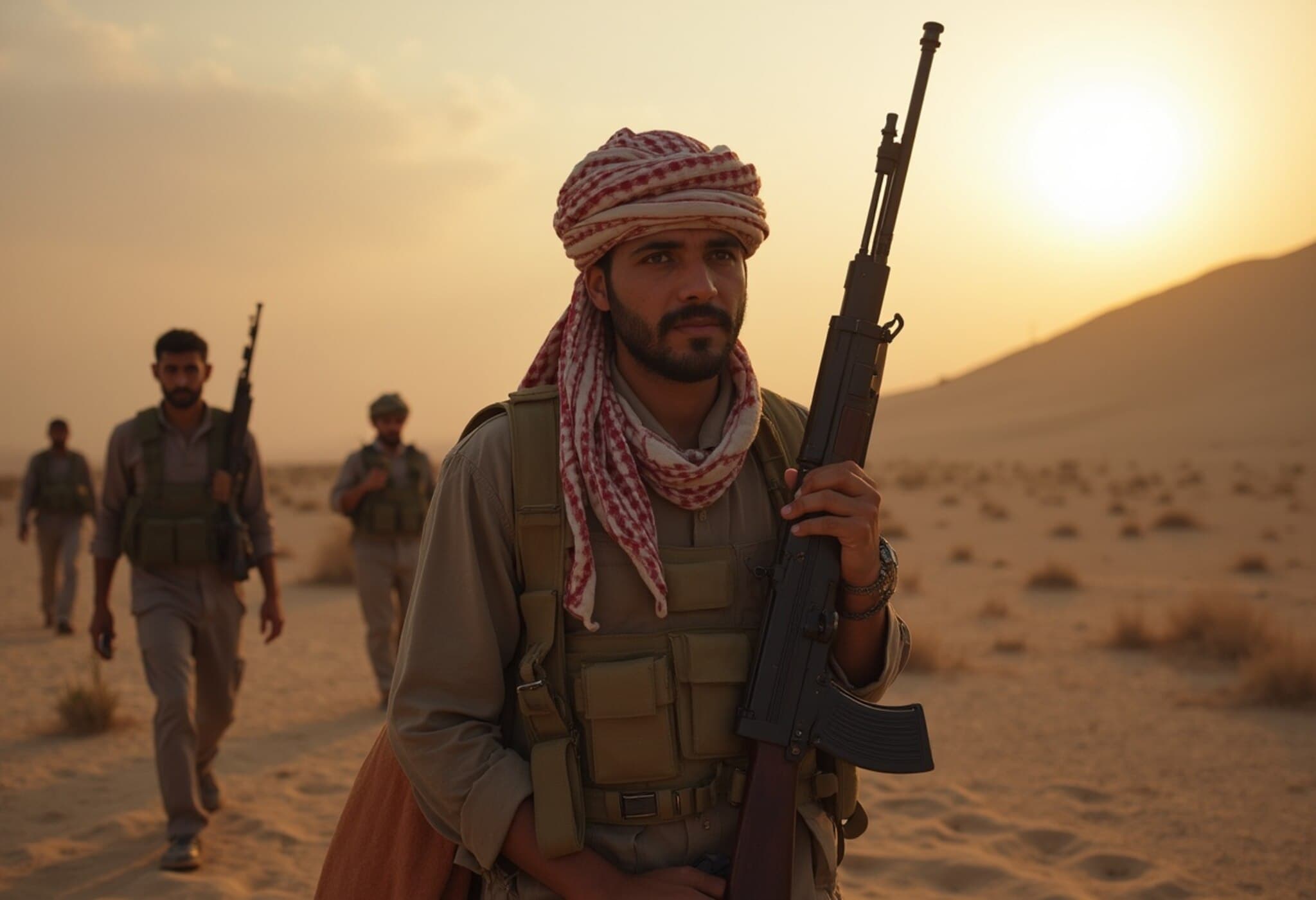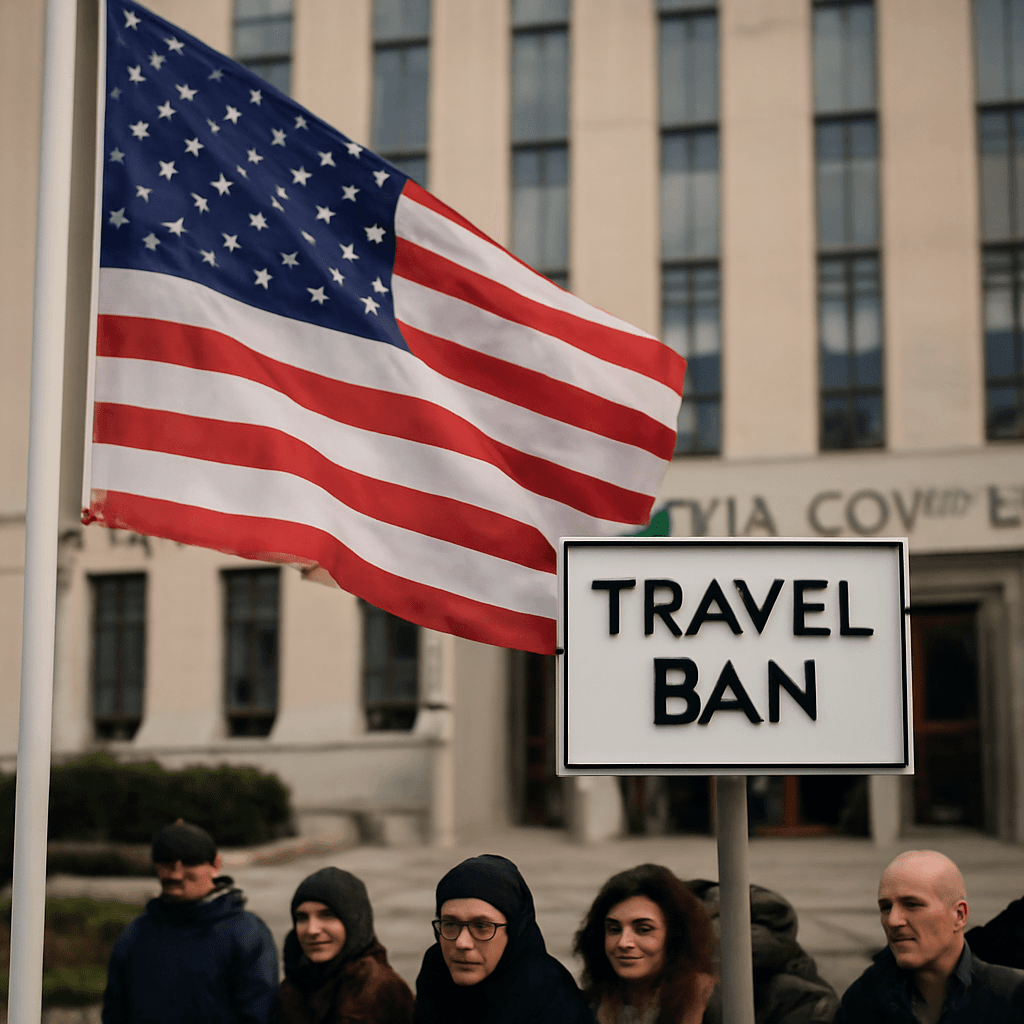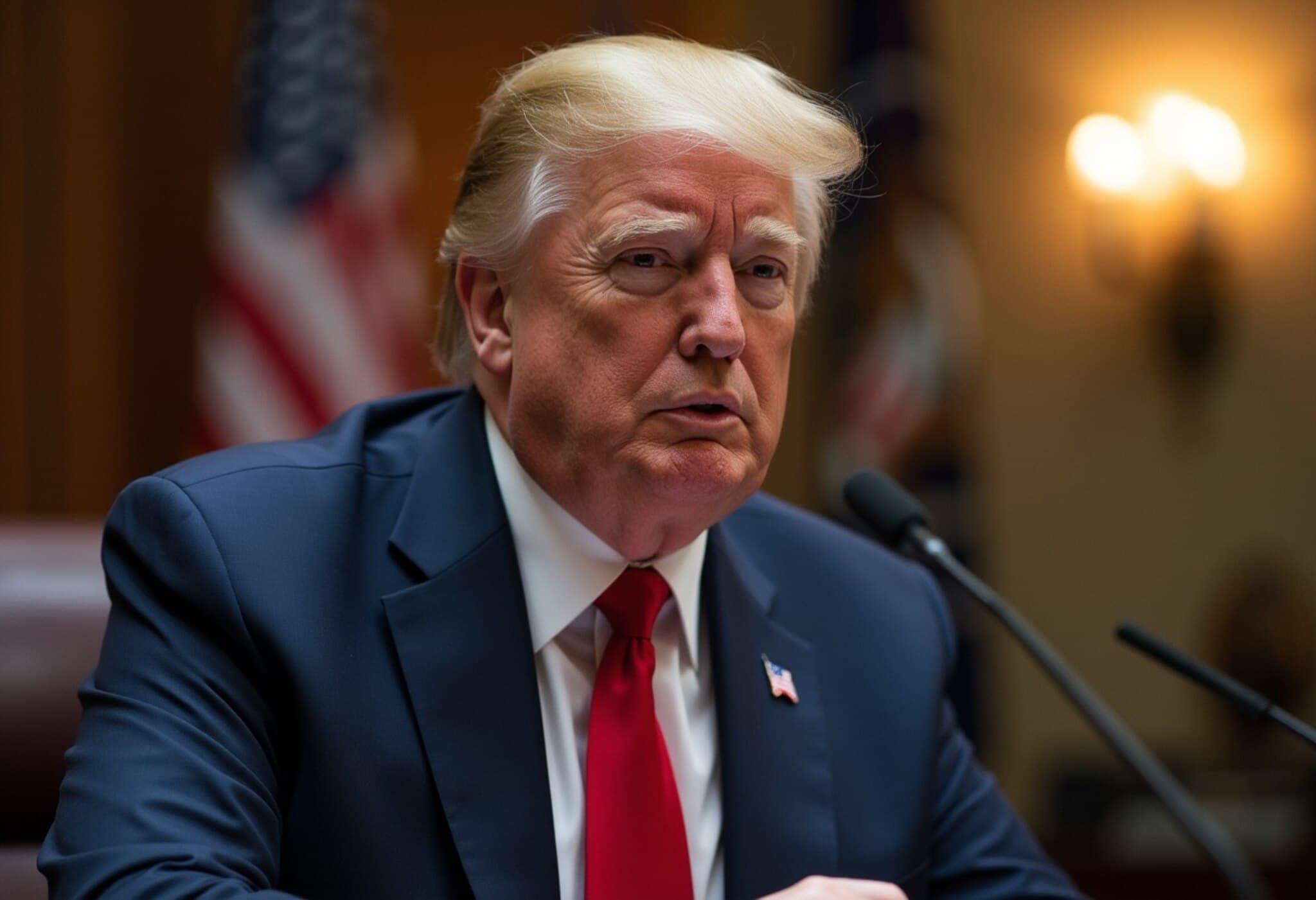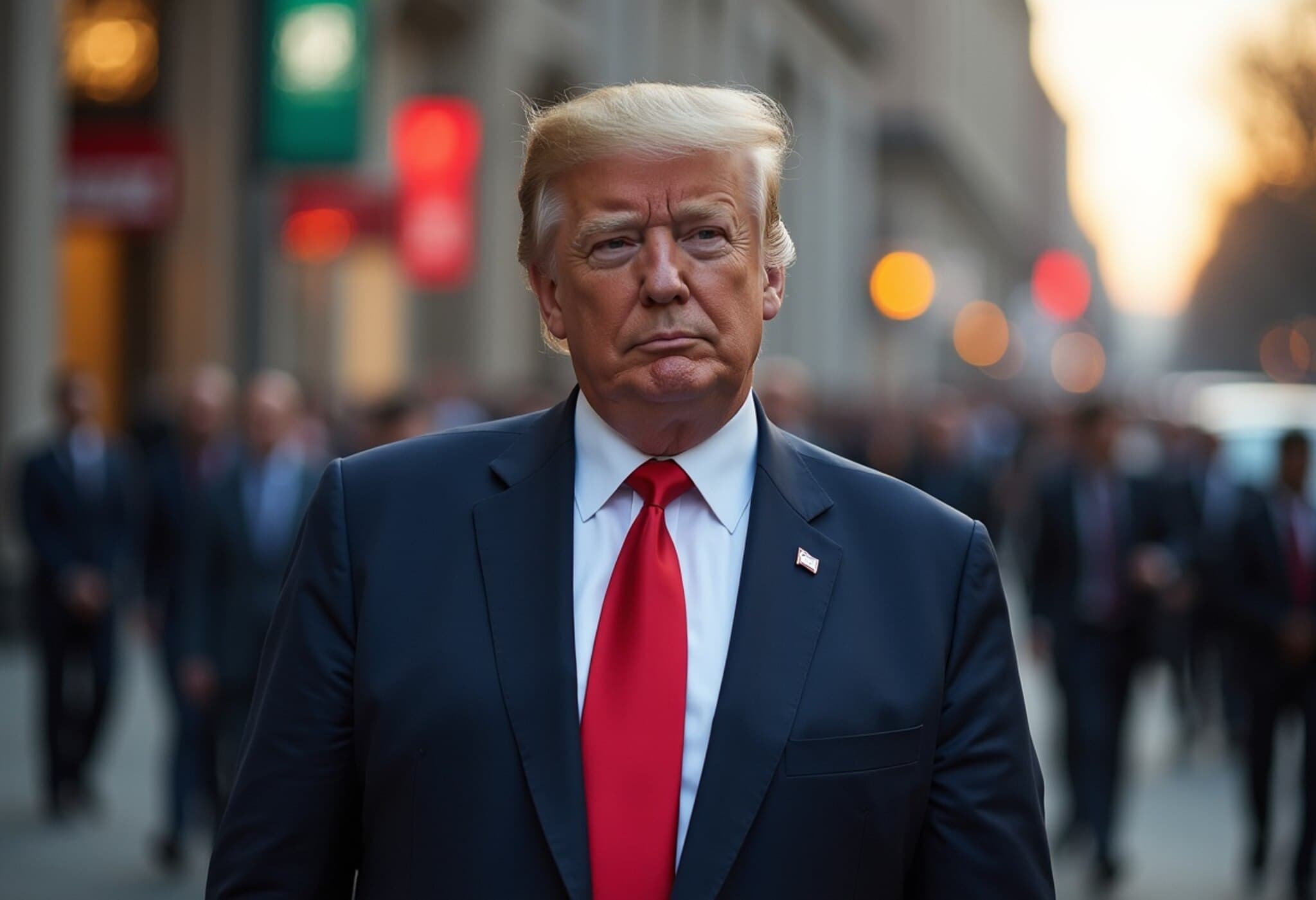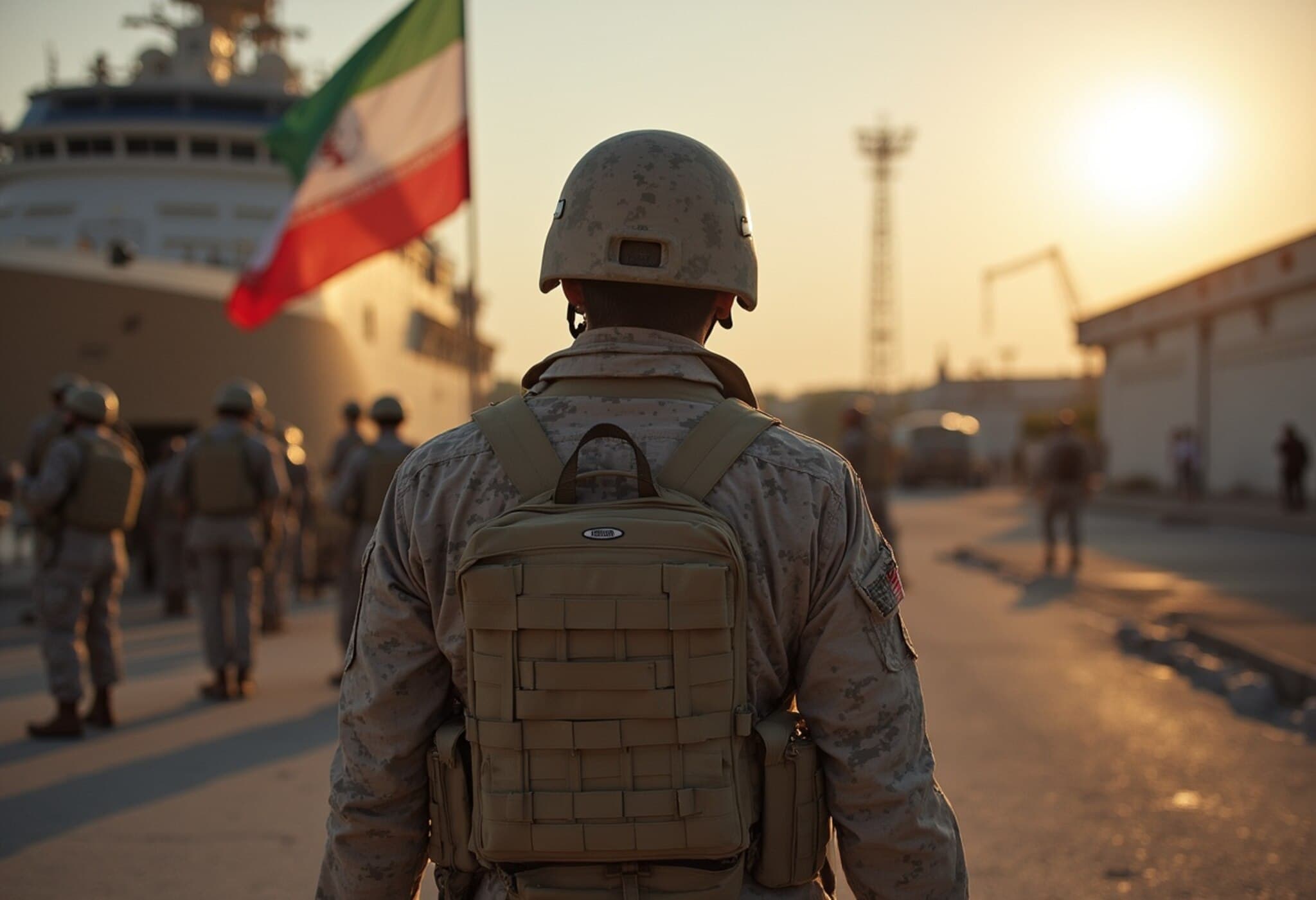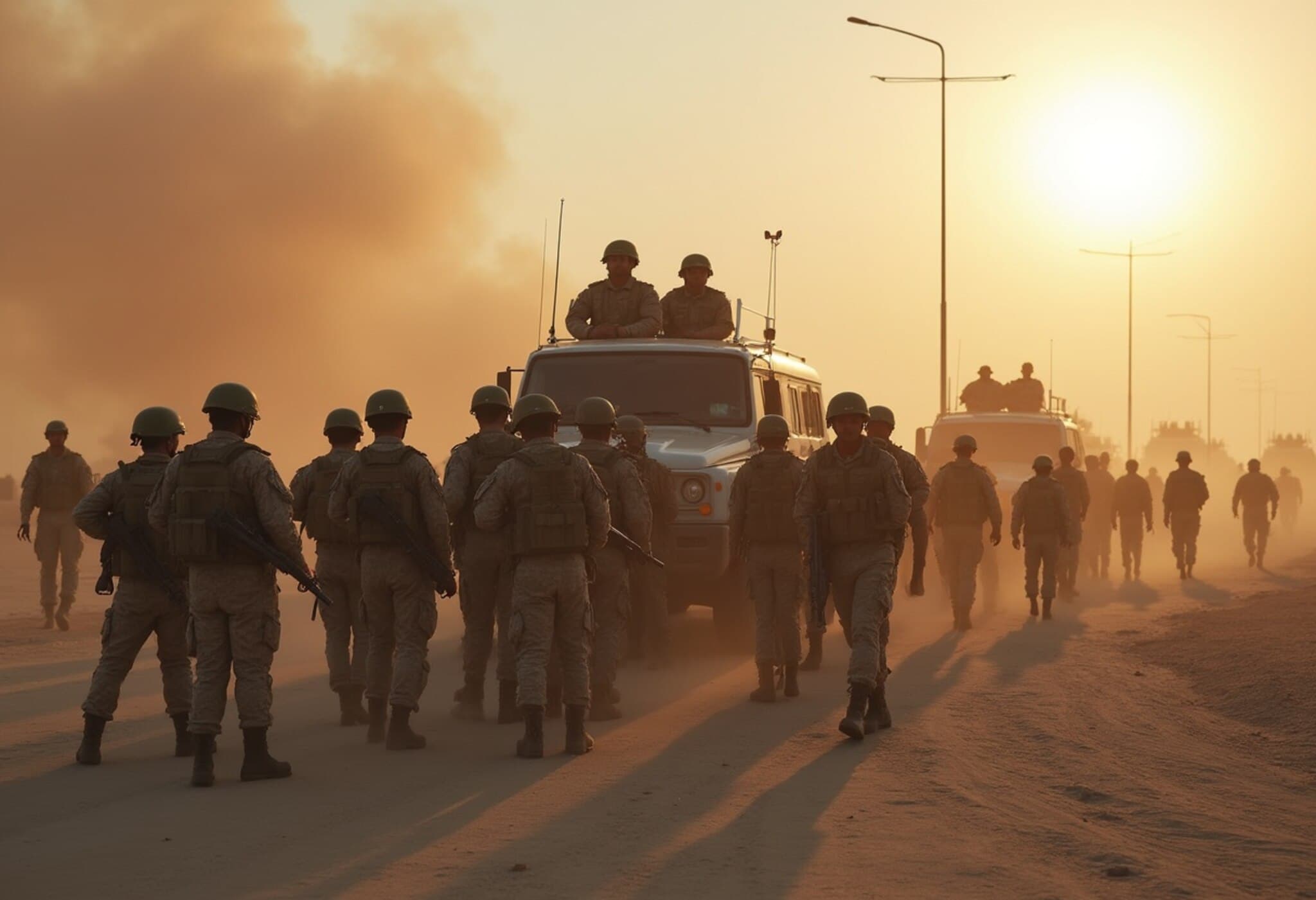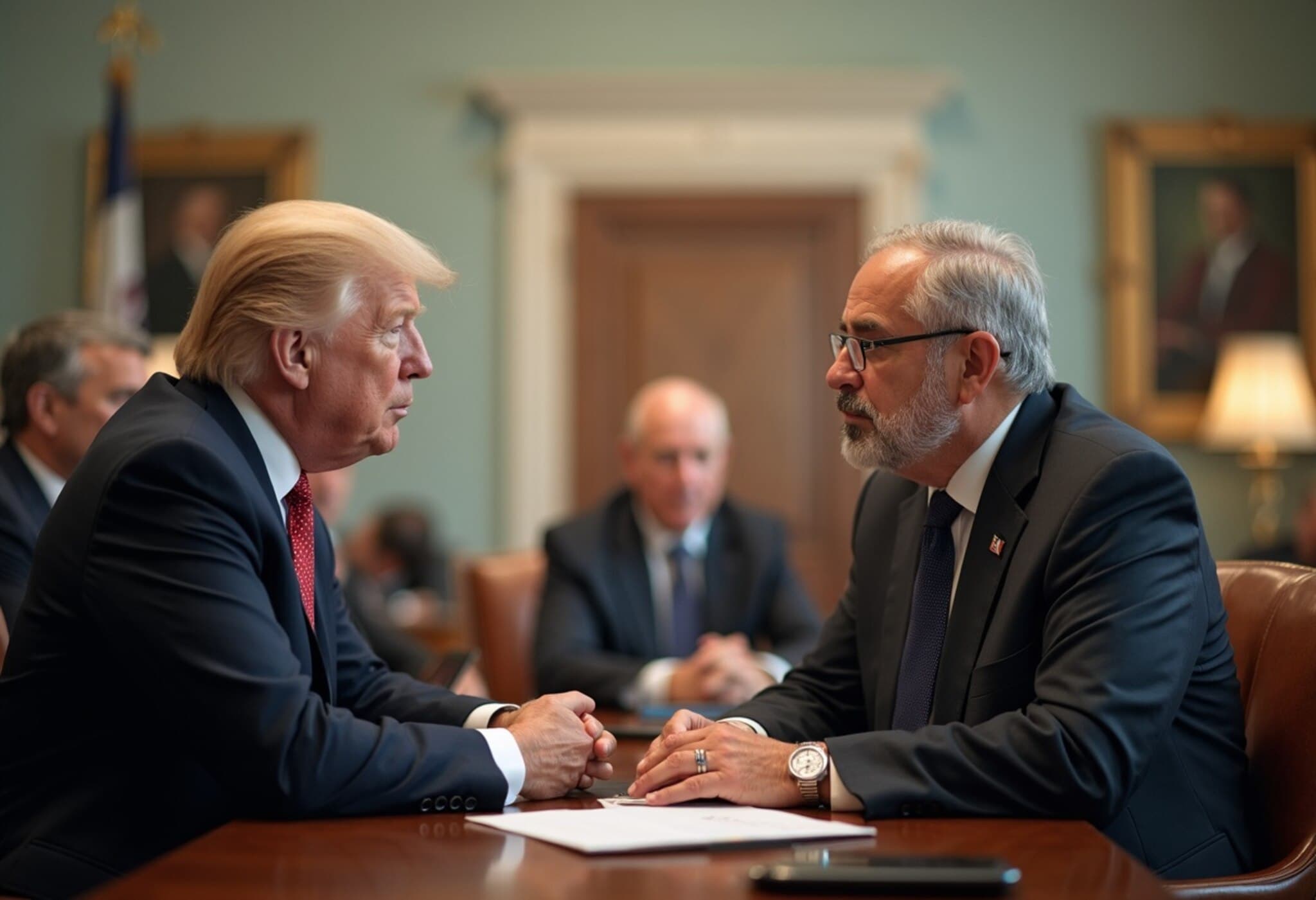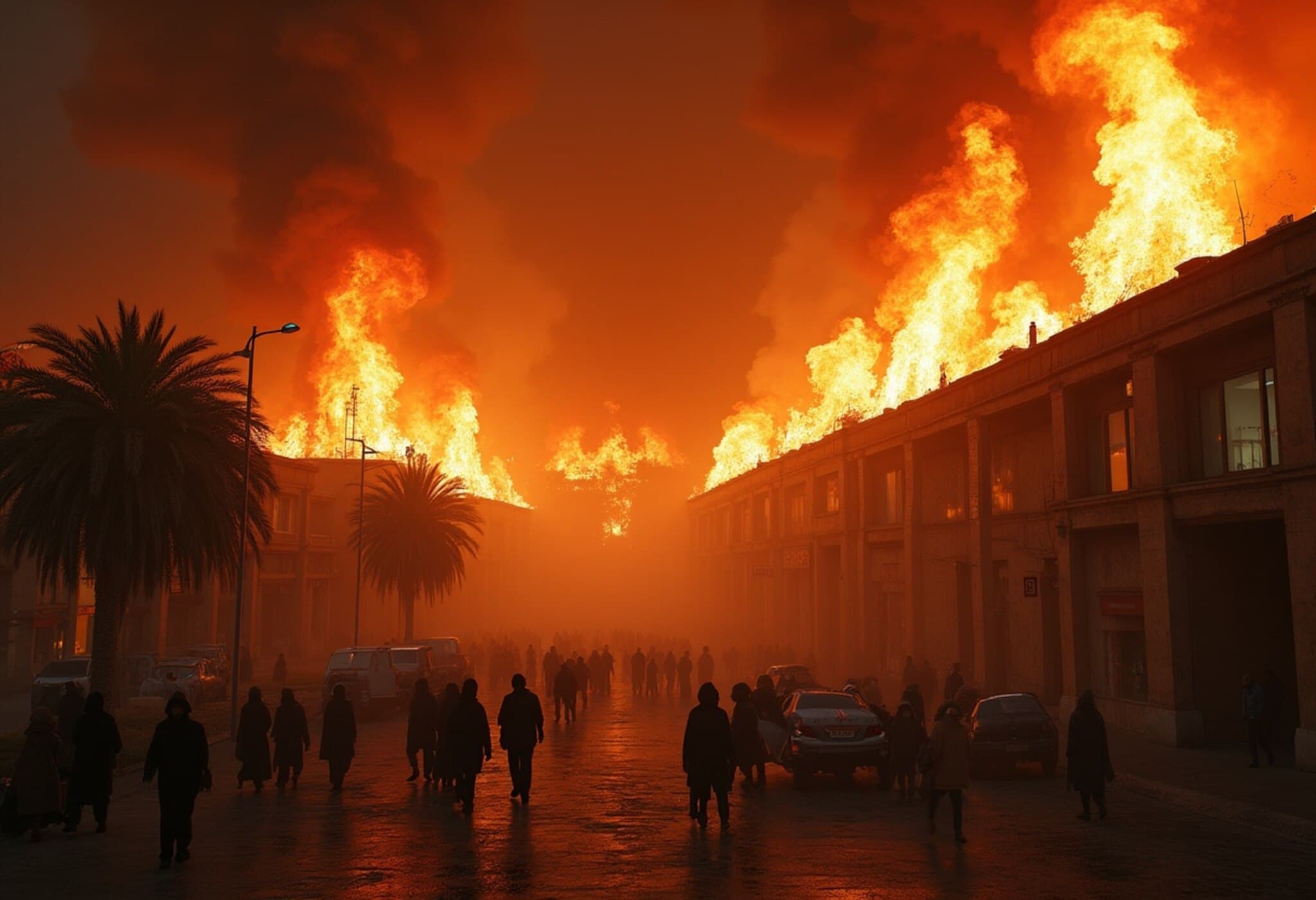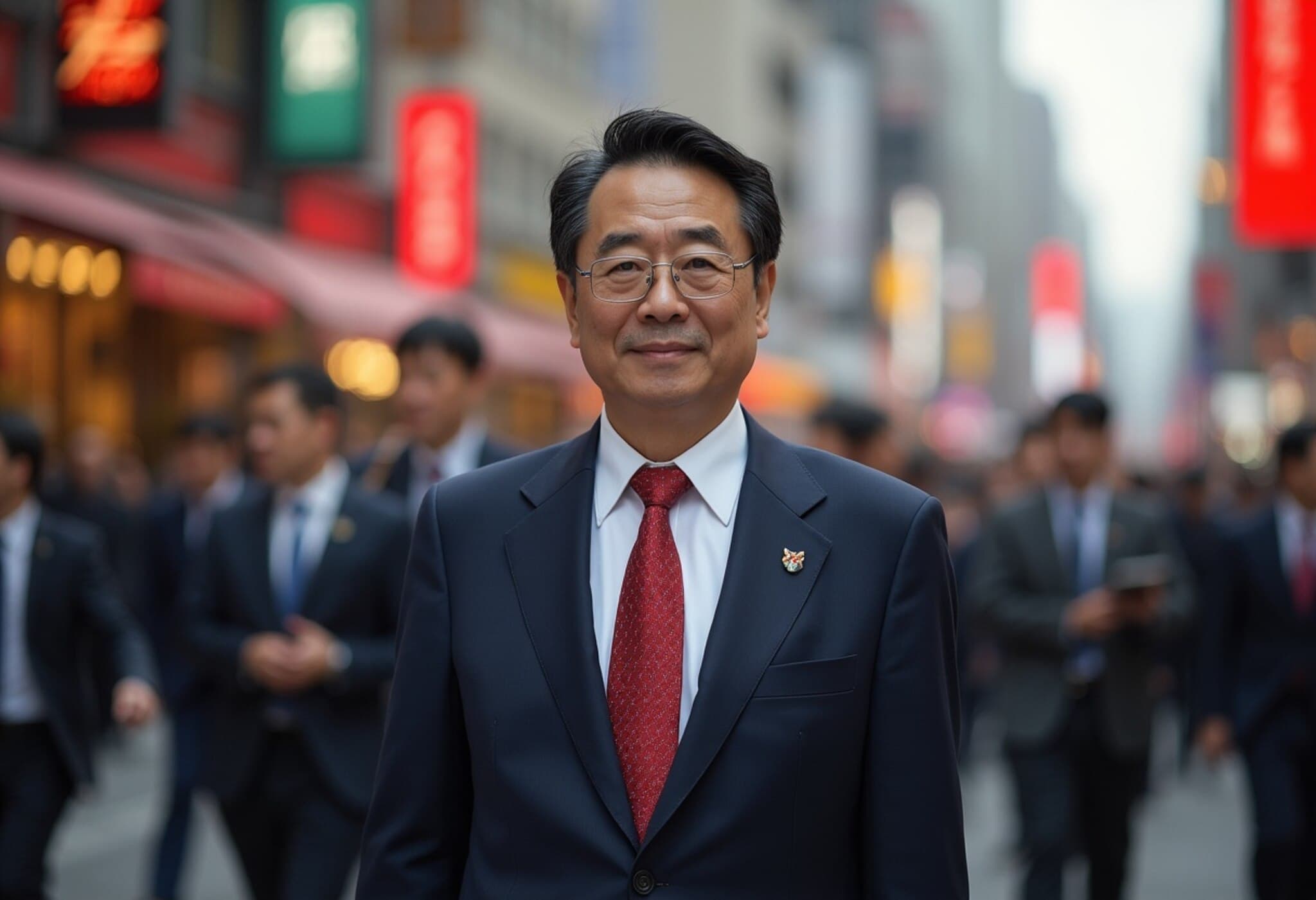Understanding the Druze: A Minority Under Siege in the Middle East
Amid the escalating conflict on the Syria-Israel border, the Druze community finds itself thrust into the eye of a geopolitical storm. Recent deadly clashes between Druze militias and Bedouin fighters in southern Syria’s Suwayda region have drawn international scrutiny and provoked a robust Israeli military response. This fresh wave of violence highlights the precarious position of the Druze—a small but historically significant sect—across the complex tapestry of Middle Eastern politics and sectarian tensions.
The Unfolding Crisis: What Sparked the Violence?
In mid-July 2025, clashes erupted in Suwayda, a city predominantly inhabited by Druze, resulting in at least 30 deaths and numerous injuries. The Syrian government’s deployment of forces in an attempt to regain control intensified tensions, prompting Israel to launch airstrikes targeting military sites near Damascus and the Golan Heights. Israeli officials justified these strikes as protective measures for the Druze minority, with Defense Minister Israel Katz warning of escalating military action unless Syrian troops withdrew from Suwayda.
- Deadly confrontations between Druze militias and Bedouin fighters have deepened sectarian divisions.
- The Syrian military’s intervention signals an attempt to consolidate power amidst fractious local dynamics.
- Israel’s airstrikes underline its strategic commitment to supporting Druze populations, especially those in contested territories.
Who Are the Druze? A Unique and Enigmatic Community
The Druze represent an Arab ethnoreligious minority with roughly one million adherents worldwide, primarily residing in Syria, Lebanon, and Israel. Emerging in the 11th century as an offshoot of Ismaili Islam, the Druze faith incorporates both Islamic principles and esoteric beliefs, making it distinct and insular. Notably, the Druze tradition forbids conversion in or out of the faith and discourages intermarriage, preserving a tightly-knit identity.
In Syria, the Druze population is highly concentrated in the Suwayda province, a strategic enclave adjacent to the sensitive Golan Heights. The region’s Druze have historically navigated a tenuous balancing act amid rising sectarianism and the ongoing ramifications of the decade-long Syrian civil war. During this conflict, many Druze communities found themselves caught between the Assad regime and extremist groups, illustrating the existential challenges they continue to face.
Adding to the complexity, approximately 20,000 Druze live in the Israeli-occupied Golan Heights, most identifying culturally and politically as Syrian. Following Israel’s 1981 annexation of this territory—a move unrecognized internationally—many Druze rejected Israeli citizenship, though some have accepted residency status. The Druze in the Golan share this contested land with about 25,000 Jewish settlers, heightening the geopolitical stakes.
The Root Causes of Syria-Druze Clashes
The political landscape shifted dramatically after Bashar al-Assad’s departure, with new President Ahmed al-Sharaa pledging to broaden inclusion and diversity within Syria’s power structures. Yet, these promises have largely faltered, particularly regarding religious minorities like the Druze.
A major source of friction lies in the new government’s push for disarmament and centralization of all armed groups under state control—demands that the Druze militias have firmly resisted. For the Druze, retaining control over their weapons and maintaining independent militias are perceived as vital to their survival and autonomy, especially given their historical marginalization.
Matters are compounded by the Druze’s limited political representation; only one Druze minister presently serves in the al-Sharaa cabinet, and prominent leaders from the community were excluded from key reconciliation talks. This political sidelining has fueled mistrust and ongoing conflict.
Despite this, efforts toward peace are emerging. Reports indicate a tentative ceasefire agreement calls for halting military operations and establishing a local Druze-led security committee. However, divisions persist among Druze leadership, as some reject the ceasefire and advocate continuing the fight.
Why Is Israel Intervening Militarily in Syria?
Israel’s relationship with the Druze communities is complex and deeply rooted. Unlike other minorities in Israel, Druze men serve compulsory military service in the Israel Defense Forces, often ascending to influential positions. Israeli officials characterize their bond with the Druze as a "brotherly alliance," emphasizing mutual loyalty and cooperation.
Recently, Israel reaffirmed its commitment to protecting Druze populations in Syria, citing humanitarian and strategic concerns amid the chaos. The Israeli government even declared the creation of a unilateral demilitarized zone in southern Syria, aiming to limit military deployments near its borders. However, this declaration has been outright rejected by the Syrian government, which accuses Israel of violating Syria’s sovereignty.
The military strikes targeting Syrian defense infrastructure near Damascus are part of this broader effort, underscoring the volatile interplay of cross-border security considerations, sectarian allegiances, and regional power projection.
Expert Insight: The Druze Caught in a Delicate Geopolitical Triangle
Experts note that the Druze community, though numerically small, holds outsized significance in the Middle East’s strategic calculus. Their geographic concentration in border areas such as the Golan Heights places them at the crossroads of Syrian, Israeli, and Lebanese spheres of influence. This precarious positioning often leaves them vulnerable to shifting alliances and political jockeying.
American policy analysts emphasize the importance of nuanced engagement that recognizes the Druze’s desire for autonomy and protection without escalating broader conflicts. The ongoing violence raises serious questions about the effectiveness of international efforts to safeguard minority rights in conflict zones and the risks of proxy battles unfolding on vulnerable communities.
Looking Ahead: Challenges and Opportunities
The recent violence and military interventions underscore the fragile nature of peace in southern Syria and the broader Levant region. For the Druze, sustaining their cultural identity and political voice amid competing pressures remains an ongoing struggle.
Moving forward, key questions arise:
- Can inclusive governance in Syria be achieved to better represent minorities like the Druze?
- Is there room for a diplomatic solution that addresses Israel’s security concerns without further destabilizing Syrian sovereignty?
- What roles will international actors play in mediating this volatile conflict and protecting vulnerable populations?
Editor’s Note
The Druze community's plight amid the Syria-Israel tensions exemplifies the human cost of protracted geopolitical conflict. Often sidelined in broader narratives, their story calls for deeper understanding—not just as a sectarian footnote—but as a people navigating identity, survival, and allegiance in a fractured region. As violence escalates, their fate may well serve as a barometer for minority rights and stability in the Middle East. Readers are encouraged to reflect on the layered complexities and consider the urgent need for nuanced, humane policy responses.

